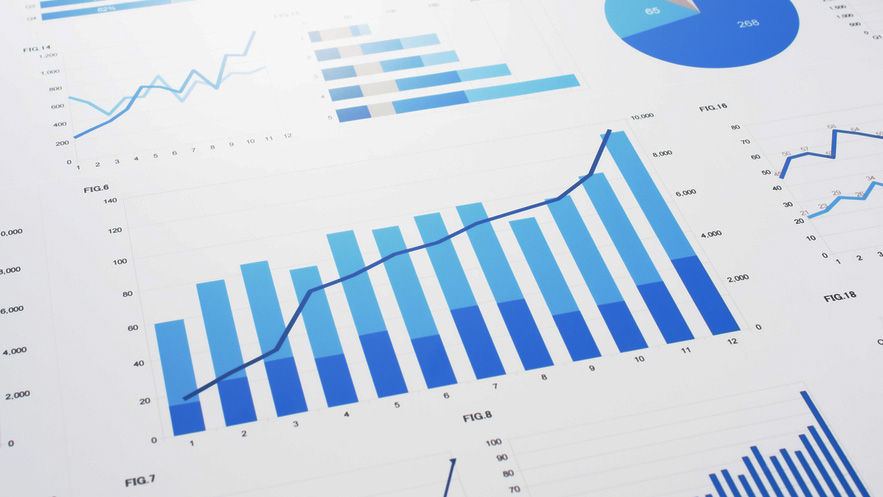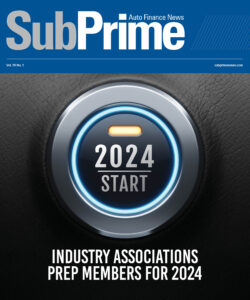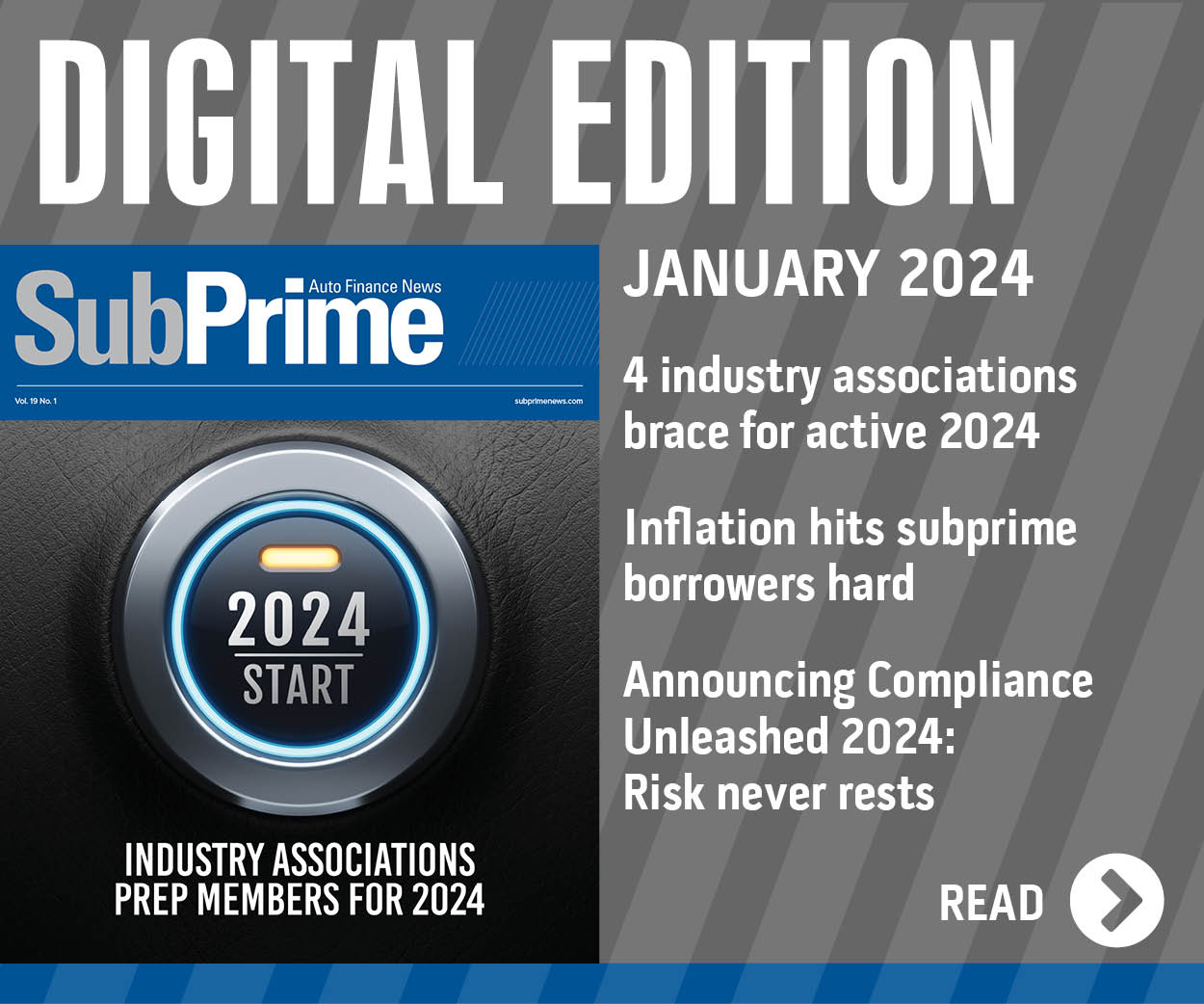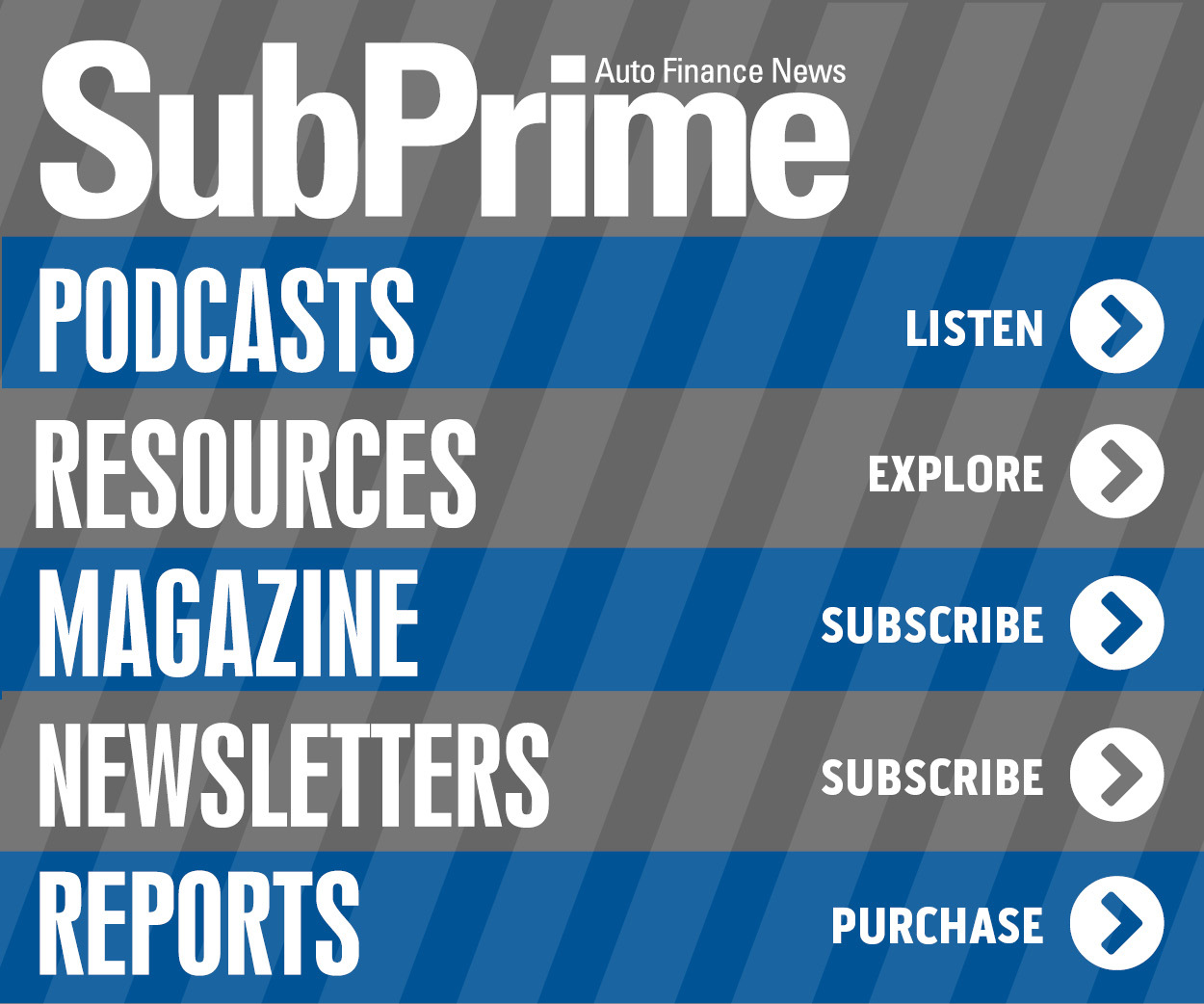Credit conditions drifting into ‘low gear’

Experts shared not-so-rosy viewpoints about credit conditions, sales expectations and more, as the industry began the fourth quarter.
S&P Global Ratings said through a report released last week that credit conditions for borrowers in North America are set to slowly deteriorate, with all-in borrowing costs unlikely to fall any time soon.
In the report titled, Credit Conditions North America Q4 2023: Shift To Low Gear, S&P Global Ratings explained that inflation is continuing to erode consumer purchasing power and investor risk appetite is more guarded.
Amid a push-and-pull between credit risks and economic resilience, S&P Global Ratings acknowledged much depends on whether the U.S. will reach an “ever-elusive soft landing,” which economist Elliot Eisenburg described in much detail last week during the Executive Lending Roundtable hosted by Open Lending in Austin, Texas.
“The U.S. economic expansion will likely slip below-trend next year as consumers — who drive 70% of U.S. GDP — tighten their purse strings,” S&P Global Ratings said through a news release. “Excess household savings have been largely depleted, student-loan payments restart and there’s been a surge in subprime auto loan and credit card delinquencies, especially among lower-income (and younger) Americans.
“This sets the stage for a sharper pullback in spending that could lead to a deeper-than-expected slowdown or recession and weigh on revenues and profits in many consumer-reliant sectors at a time when labor and input-cost pressures, while easing somewhat, remain elevated,” S&P Global Ratings continued.
Experts pointed out that this expectation comes as the Federal Reserve remains wary about inflation.
While policymakers have paused their cycle of rate hikes, holding the benchmark federal funds rate at 5.25%-5.50%, S&P Global Ratings is forecasting one more increase and doesn’t expect the central bank to lower its policy rate until the middle of next, as core inflation continues to run above the Fed’s comfort level.
“The costs of debt service and/or refinancing could be overly burdensome in this higher-for-longer environment, especially for lower-rated borrowers,” said David Tesher, S&P Global Ratings’ head of North America credit research. “This is especially noteworthy given the approaching maturity wall.”
So, what does it mean for auto financing? Well, Cox Automotive chief economist Jonathan Smoke recapped the latest readings of consumer confidence through his newest blog entry posted on Monday morning.
“The Conference Board Consumer Confidence Index fell by 5.2% in September, as future expectations plunged 11.5% but views of the present situation increased 0.3%. Consumer confidence was down 4.5% year-to-year following two back-to-back months of decline,” Smoke wrote.
“Plans to purchase a vehicle in the next six months declined but remained up from last year,” he continued.
“The confidence index did not fall as much during the pandemic as the sentiment index from the University of Michigan. Both series declined in August and September after improving in June and July. The Michigan index declined 2.0% for the month but was up 16% from last year,” Smoke went on to write.
“The consumer’s view of buying conditions for vehicles declined to the lowest level since December with negative trends in the perception of prices and rates,” he added.
Comerica bank chief economist Bill Adams and senior economist Waran Bhahirethan touched on more data that’s set to be released this week, focusing on the employment world.
“Employers likely added to payrolls in September at around the same pace as in the prior three months, with the unemployment rate edging down after a big increase in August fueled by a jump in active jobseekers,” Adams and Bhahirethan said in an analysis released on Friday. “Layoff announcements likely rose in September, and job openings (released at a lag to other labor market data) likely pulled back in August.
“Viewed in the context of the drop in weekly jobless claims through mid-September, these less timely labor market releases showing cooling will reinforce the Fed’s view that labor supply and demand are becoming more balanced,” they continued. “September’s business sentiment surveys will likely show service-providing activity up in the month, while manufacturing contracted.
“Since services account for most economic output and employment, the economy is likely still operating with a modest margin of slack capacity, which will further cool wage growth in the next few quarters and reassure the Fed that inflation is headed back toward their target — even with gasoline prices higher,” Adams and Bhahirethan went on to say.

 View The Latest Edition
View The Latest Edition

